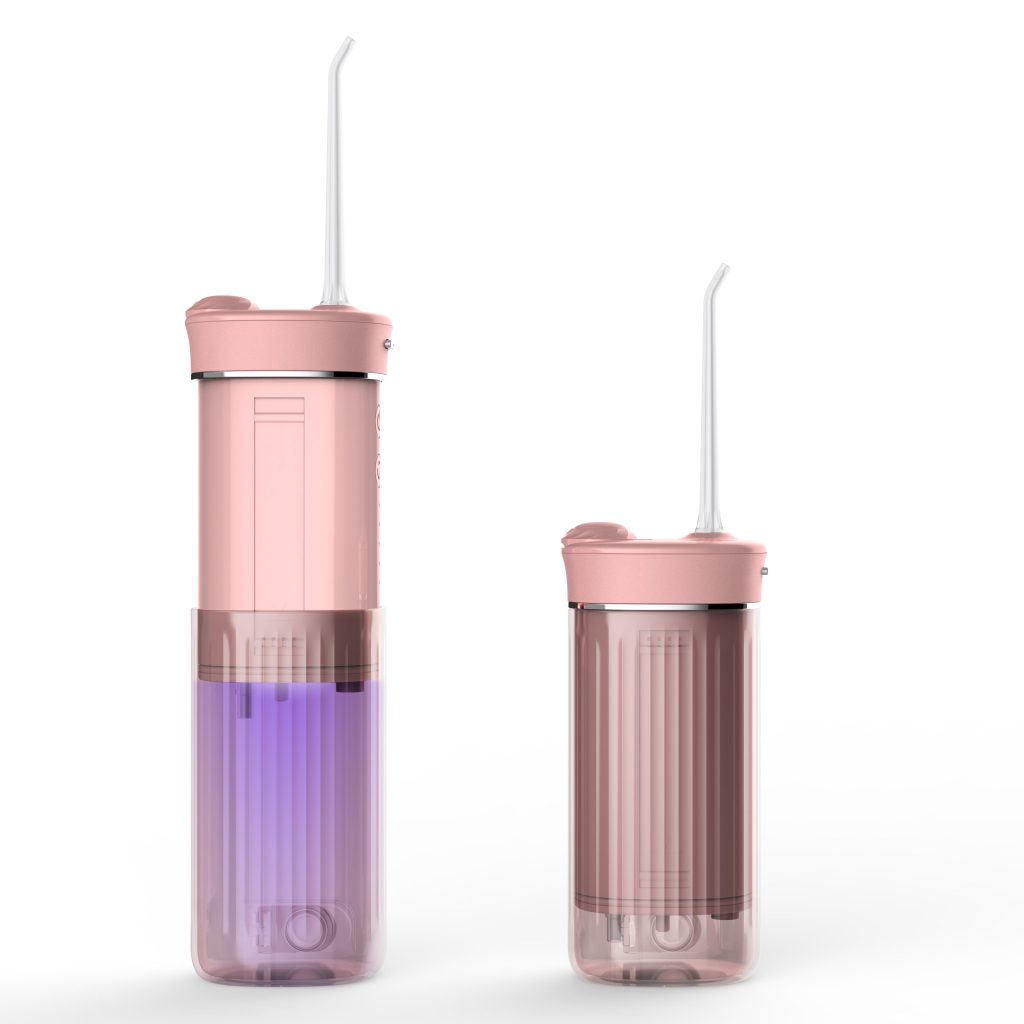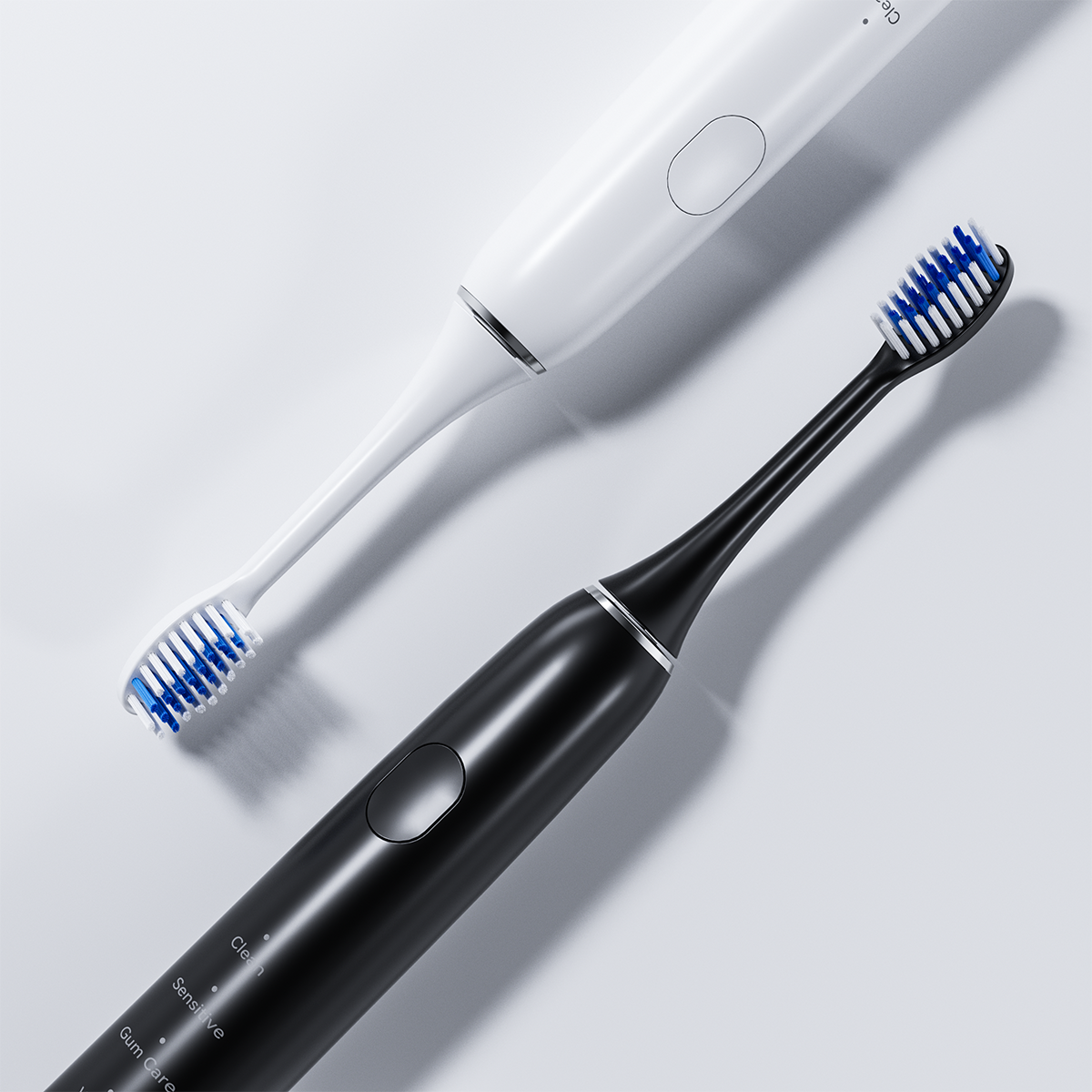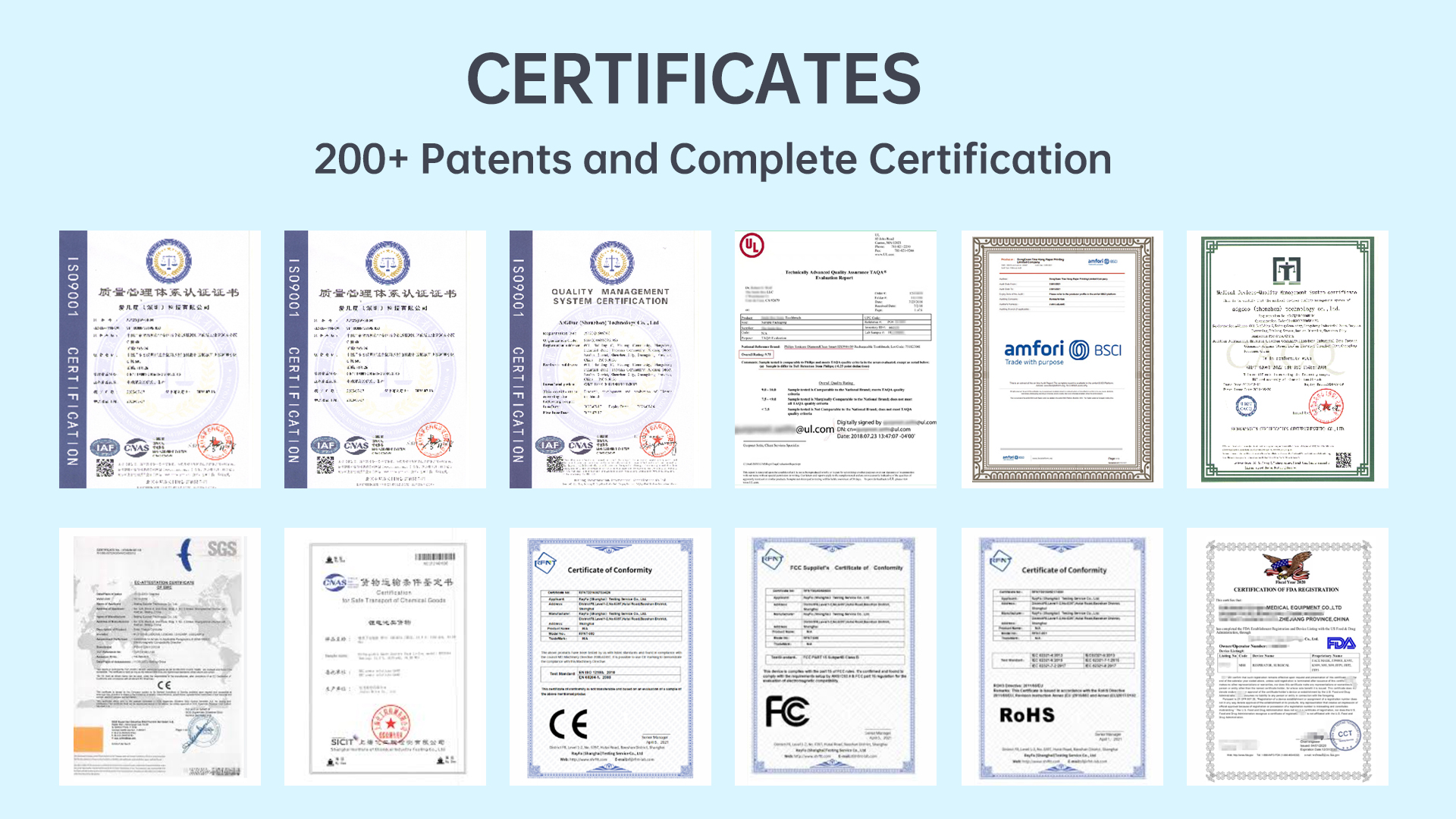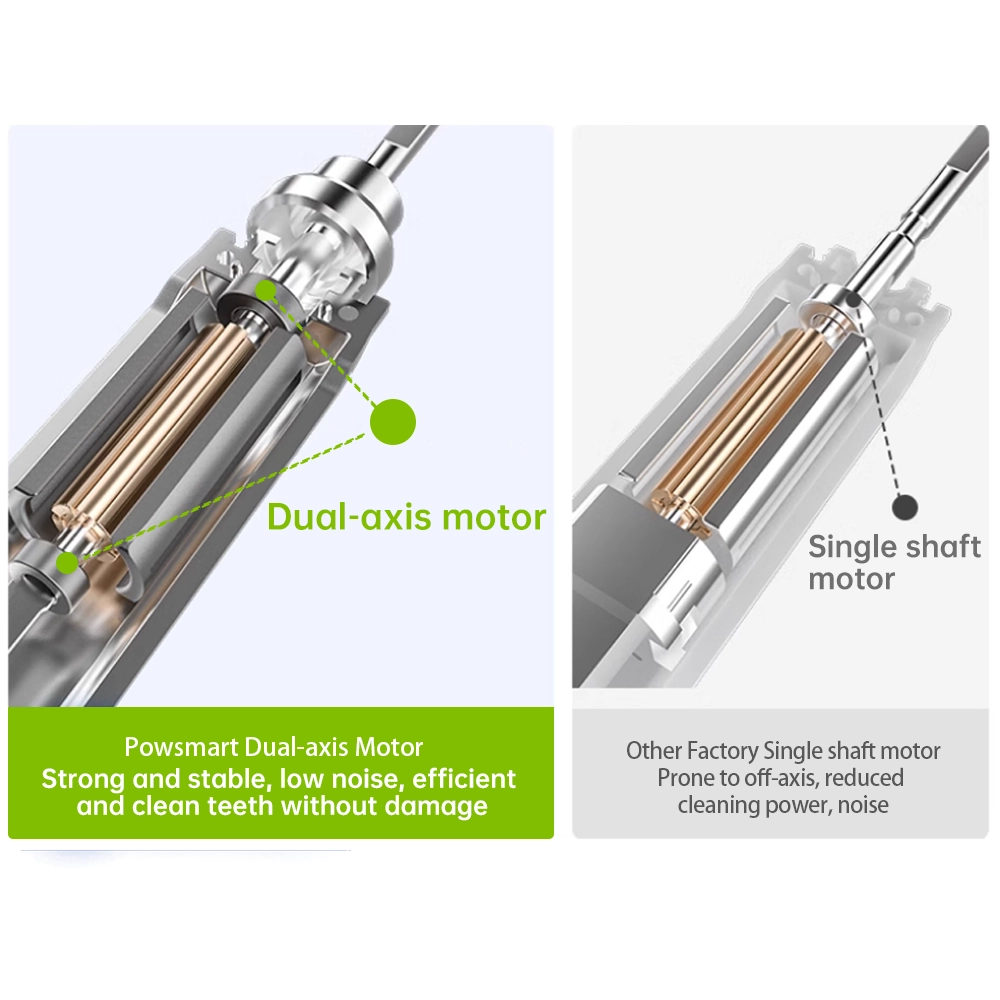In the world of electric toothbrush manufacturing, both performance stability and user safety are non-negotiable. However, two common issues—Brush Head Wobble and Battery Swelling—can jeopardize these fundamental qualities. Many users tolerate slight wobbling or reduced battery performance unknowingly, but when these two problems occur together, the consequences can be far more serious than expected. This article explains why manufacturers and suppliers should never overlook these seemingly minor defects, as they directly impact product durability, safety, and brand reputation.
Brush Head Wobble refers to the unwanted lateral or vertical movement of the toothbrush head during operation. While a small degree of vibration is expected for cleaning purposes, excessive wobble results from:
When the brush head wobbles, cleaning efficiency drops and users may experience gum discomfort or premature head failure. Worse yet, persistent wobble stresses the internal drive components, hastening device breakdown.
At first glance, a slightly bulging battery case may seem harmless. However, Battery Swelling indicates serious internal chemical degradation, often caused by:
A swollen battery exerts pressure on the internal frame, distorting adjacent parts—including the brush motor and shaft. This deformation exacerbates Brush Head Wobble, turning a mild annoyance into a functional and safety risk. Company web: https://www.powsmart.com/product/electric-toothbrush/
The relationship between Brush Head Wobble and Battery Swelling is not coincidental—they can influence and amplify each other:
In short, what may start as two separate defects can compound into a serious product failure risk.
When Brush Head Wobble and Battery Swelling co-occur, the end-user faces significant disadvantages:
For B2B buyers and OEM partners, such combined defects mean potential market recalls, liability risks, and lost customer trust.
To prevent Brush Head Wobble and Battery Swelling, manufacturers should consider:
These measures ensure better product reliability, enhance user satisfaction, and reduce post-sale service costs.
Manufacturers and brand owners must understand that tolerating Brush Head Wobble or Battery Swelling, especially when they occur together, is unacceptable. These defects not only degrade cleaning performance but also introduce serious structural and safety risks that could damage both user trust and corporate reputation.
By addressing these issues at the design and production levels, B2B suppliers can offer high-reliability products that meet market demands for quality, durability, and safety—ensuring long-term success in the competitive oral care market. Contact us
.jpg)



IPX7 Waterproof Electric Toothbrush Manufacturing for Kids & Adults

Magnetic Levitation Toothbrush Factory: Premium OEM Services

What Are the Advantages of Cooperating with FDA certificated factories?
.jpg)
Ultraviolet sterilizing oral irrigator: Becoming the New Market Favorite?

Magnetic Levitation Motor Toothbrush Technology Explained

Best Electric Toothbrush for Baby Teeth Protection – OEM Services

Is Stain Removal Rotating Brush’s Motor Corrosion a Hidden Problem?

How Can Oral Care Enterprises Rise Rapidly by Leveraging Factory Resources?
Gum Bleeding from Enamel Scratches – Time to Panic?

Does POWSMART Multi-Function Toothbrush Cause User Adaptation Struggles?
Does Noise Increase Signal Vibration Inconsistency?
Is Tooth Sensitivity with Enamel Erosion Whitening’s Side Effect?
Bristle Hardening Inducing Gum Recession – Brushing or Destroying?
Motor Overheating alongside Device Overheating – Double Danger?

Top OEM Electric Toothbrush Manufacturer for Kids – Powsmart
Light Failure Resulting in Uneven Whitening – Acceptable?

electric toothbrush heads Charcoal Infuse-Round

Private Label Whitening Gel

electric toothbrush heads Regular Clean

electric toothbrush heads Deep Clean

Electric toothbrush heads Charcoal Infused-Diamond
.jpg)
Florida Electric Toothbrush – Powsmart PTR-C8

electric toothbrush heads Ultra Soft

Customization Teeth Whitening Gel
whstapp
whstapp
National Toll-Free Service Hotline
+86 755 86238638